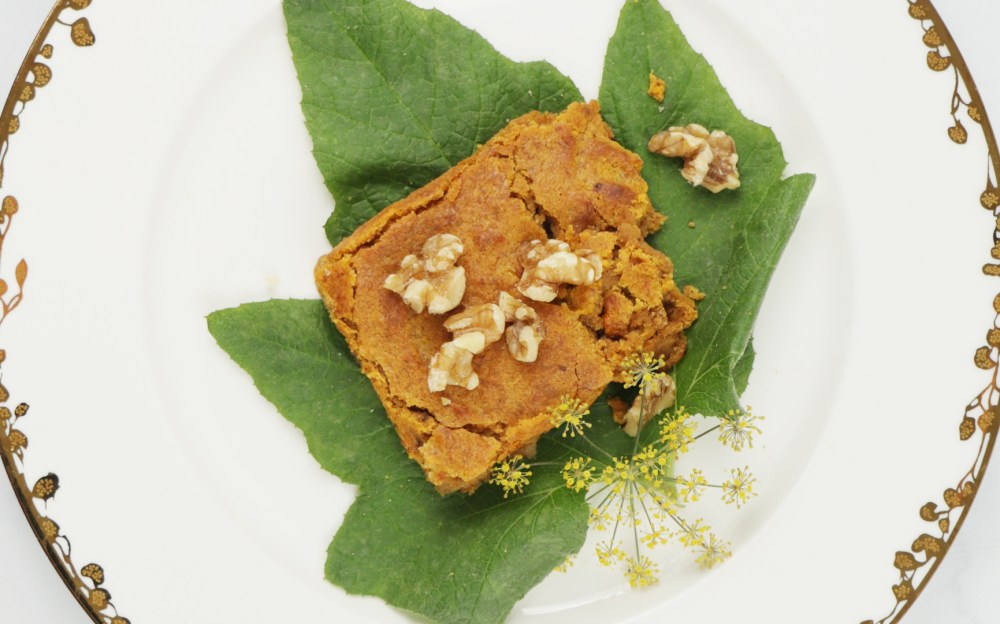Instructions
- Dice ½ onion, 1 bell pepper, 1 celery stalk, and 2 garlic cloves.½ onion, 1 bell pepper, 1 celery stalk, 2 garlic cloves
- Heat 2 tablespoons olive oil in a large saucepan and add diced vegetables, allowing them to "sweat." "Sweating" draws out flavors and requires slowly sauteing vegetables over low heat for at least 10 minutes.2 tablespoons olive oil, 2 tablespoons chili powder, 1 tablespoon tomato paste
- Add remaining ingredients and let simmer for 20 minutes.14.5 ounces stewed tomatoes, 1 cup chicken broth, 1 pound ground beef
- Garnish with Green Onion to taste, Cheese to taste, and Sour Cream to taste, and serve.Green Onion to taste, Sour Cream to taste, Cheese to taste
A warm and hearty chili bowl is among the best comfort foods during cold winter months. However, a traditional chili recipe can be full of carbs, making it unsuitable for those following a keto diet.
This no-bean keto chili recipe is packed with flavor and will become a staple in your meal rotation, keeping you satisfied and your body in fat-burning mode.
Why you’ll love this keto chili recipe
With just a few simple replacements, this no-bean chili recipe is keto-friendly while still delivering all the nourishment and taste of a classic chili.
Here are some reasons why you’ll love this incredible recipe:
Packed with vitamins and minerals
100 percent keto-friendly
Perfect for meal prep and freezing
Low-calorie and gluten-free
This recipe can be personalized to your liking by replacing the ground beef with ground turkey or using beef broth instead of chicken broth.
You can also add more vegetables, such as zucchini, mushrooms, or diced tomatoes, to boost nutrition and tweak the flavor profile of this chili.
If you’re short on time, this recipe can be prepared in a slow cooker or instant pot, making it a convenient option for busy days.
What’s in keto chili?
Classic chili recipes often contain high-carb ingredients such as beans and corn, along with canned tomato sauce, typically packed with added sugars.
This easy keto chili recipe replaces those high-carb ingredients with simple and nutritious ingredients, including onions, bell peppers, celery, garlic, tomatoes, chicken broth, and ground beef.
The combination of vegetables and protein makes this dish a well-rounded meal that will keep you full and satisfied for hours.
Incorporate cayenne pepper or chili powder to give this chili a delicious kick, and customize the level of spiciness by adjusting these spices to suit your preferences.
Use high-quality ingredients such as organic vegetables and grass-fed protein to avoid pesticides, hormones, and antibiotics that may have detrimental health consequences.
Why choose no-bean chili?
Beans are often used in traditional chili recipes as a source of protein. However, beans are high in carbohydrates and lectins, which are plant compounds that can cause inflammation and digestive issues.
“Individuals sensitive to lectins can experience leaky gut symptoms such as fatigue, diarrhea, gas, and bloating,” explains Dr. Berg. “Leafy greens and cruciferous vegetables, such as broccoli and bok choy, are great substitutes for high-lectin foods.”
Removing beans from your dish allows you to experiment with alternative protein sources, such as ground meat or textured vegetable protein. What’s more, avoiding beans helps to achieve a very smooth and creamy texture.
Best substitute for beans
If you enjoy the nutritional value and taste of beans in chili, try replacing them with ground beef or turkey, which are protein-rich options that are rich in essential nutrients such as iron, zinc, and B vitamins.
Another excellent replacement is diced mushrooms, which add an earthy flavor and provide a good source of selenium.
Research published in Molecules found that wild and cultivated mushrooms also boast significant antioxidant properties attributed to their rich array of bioactive compounds. These include polyphenols, polysaccharides, vitamins, carotenoids, and minerals, which can help combat inflammation and promote a healthy body.
Cauliflower florets are another wonderful bean substitute as they’re low in carbs, high in fiber, and have a texture similar to beans. Cauliflower is rich in vitamins C and K and folate, which are essential for supporting healthy immune function and cardiovascular health.
For those seeking a plant-based protein alternative, consider incorporating tofu, which has a mild nutty taste, absorbs the chili’s spices, and provides a silky element to the dish.
What to serve with keto chili
Consider pairing this savory ketogenic chili with nourishing sides and toppings that align with a low-carb diet.
Opt for zucchini noodles or zoodles, which offer a boost of beta-carotene while providing a pasta-like texture without the excess carbs.
Enhance the chili with avocado slices, a nutritional powerhouse rich in vitamins E and K and essential minerals such as potassium and magnesium, which support healthy blood pressure and muscle function.
Cheese crisps make a satisfying crunchy topping and offer a good source of calcium and phosphorus, which are crucial for maintaining bone health and various other bodily functions.
Green salad with sugar-free lemon vinaigrette dressing can be an excellent side dish to add freshness and fiber to this hearty chili.
Cabbage slaw provides a delightful crunch and is rich in vitamin C, an antioxidant that promotes immune system function. It also contains manganese, which aids in brain health and may help combat diabetes.
If you love a creamy topping, try sour cream or Greek yogurt. These dairy products contribute to calcium and vitamin B12 intake, which are essential for bone health and energy metabolism.
What’s more, keto bread or low-carb crackers can bring a satisfying crunch and can be used for dipping or scooping the chili. Opt for almond flour or coconut flour-based breads or crackers to keep it low-carb.
Storage and reheating tips
Once cooked, allow the chili to cool to room temperature before transferring it to an airtight container and refrigerate the chili within two hours to prevent bacterial growth. Label the container with the date for easy identification.
Freezing is a practical choice for long-term storage. Portion the meal into individual servings or larger portions using freezer-safe containers or resealable bags. Properly seal your leftover chili to remove excess air and reduce the risk of freezer burn, and store it in the freezer for up to three months.
To reheat chili, defrost in the refrigerator overnight for a gradual thaw to preserve its texture. For stovetop reheating, use medium heat and stir occasionally to avoid burning, and add broth or water if the chili has thickened during storage.
For larger portions, reheat in a preheated oven set to 350°F (175°C) and stir occasionally to avoid burning.
Taste the reheated chili and adjust seasoning as needed, as flavors may change during storage. For added freshness, consider topping the chili with fresh herbs, diced avocado, or a dollop of sour cream before serving.
Slow cooking and instant pot variations
Not everyone has time to cook chili on the stove. Fortunately, this recipe can be easily adapted for a slow cooker or instant pot.
If using a slow cooker, follow the instructions until “sweating,” then pour the vegetables into the slow cooker with the rest of the ingredients. Cook on low for six to eight hours or high for three to four hours.
An instant pot can save even more time, with the option to sauté the vegetables directly in the pot before adding all remaining ingredients and sealing. Cook on manual high pressure for 20 minutes, then release pressure naturally for 10 minutes before opening the lid and serving.
Adjust the seasonings accordingly, as flavors may intensify during longer cooking times. Vegetables cooked in slow cookers will have a softer texture than those cooked on a stovetop.
Serve with your choice of toppings, such as crispy bacon, diced avocado, or shredded cheese.















Rate This Recipe